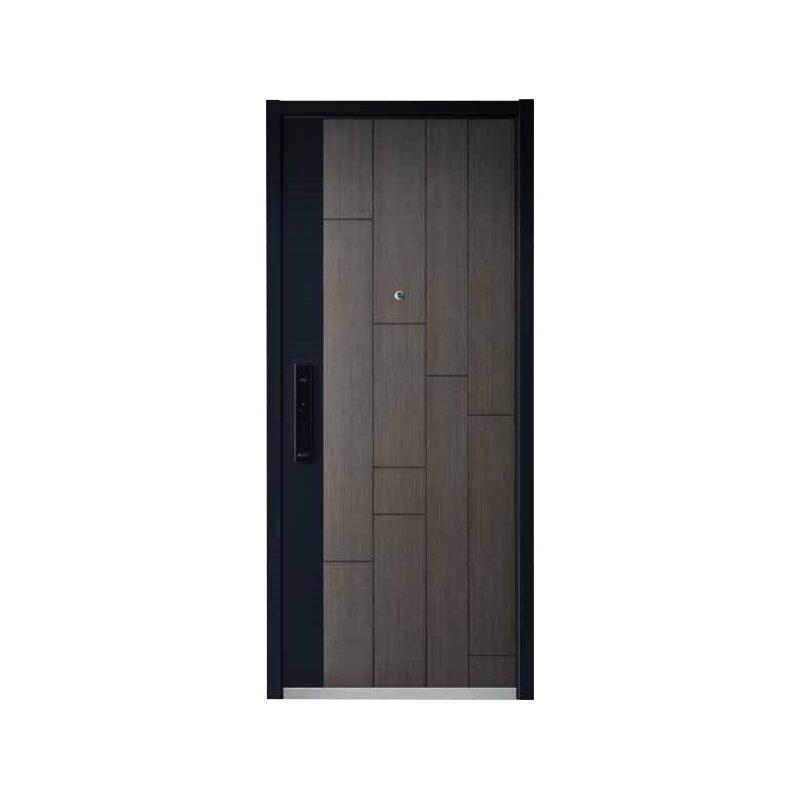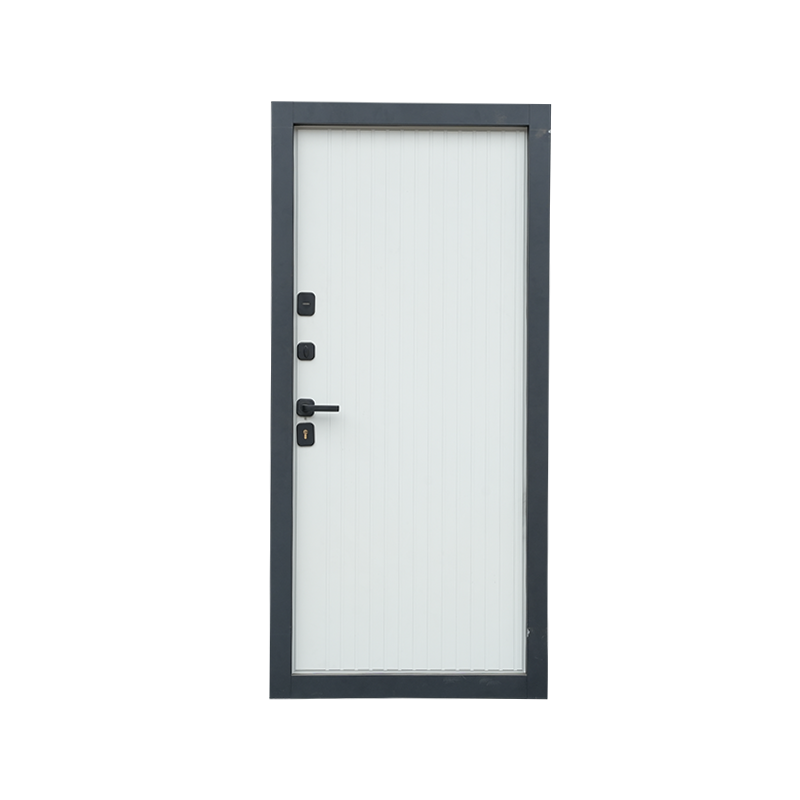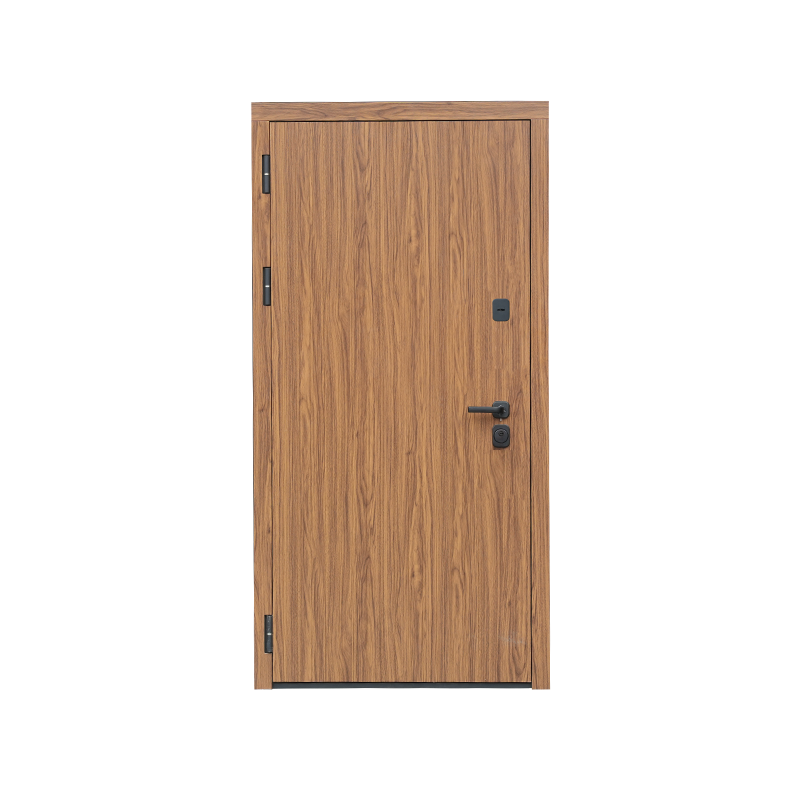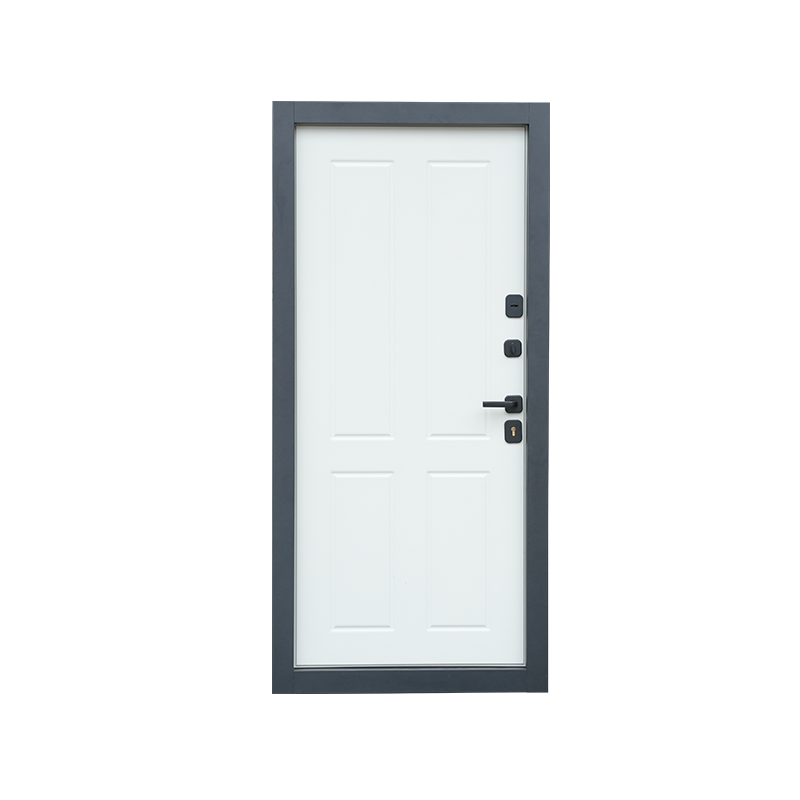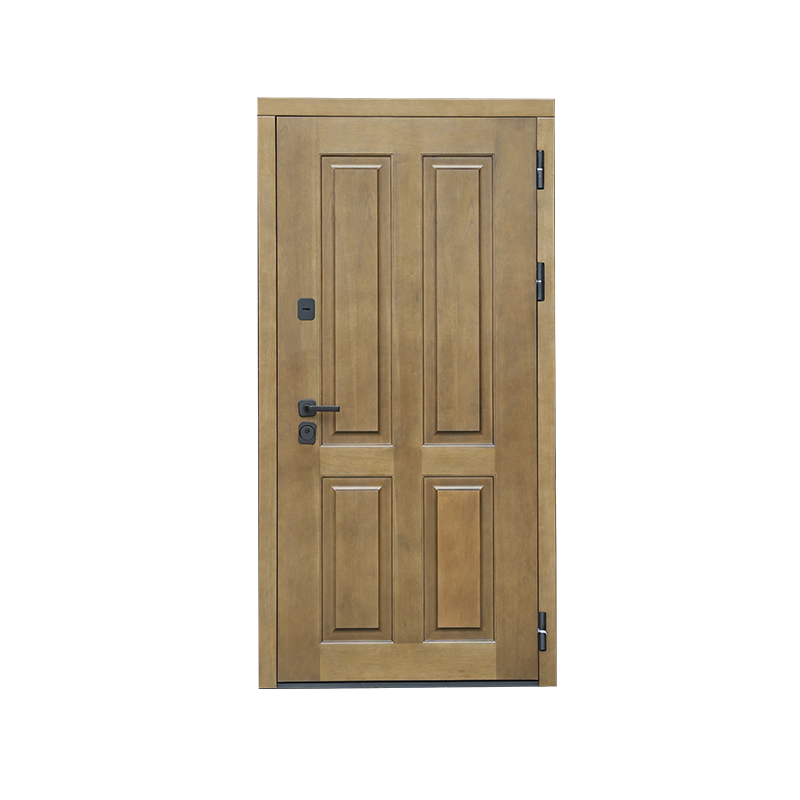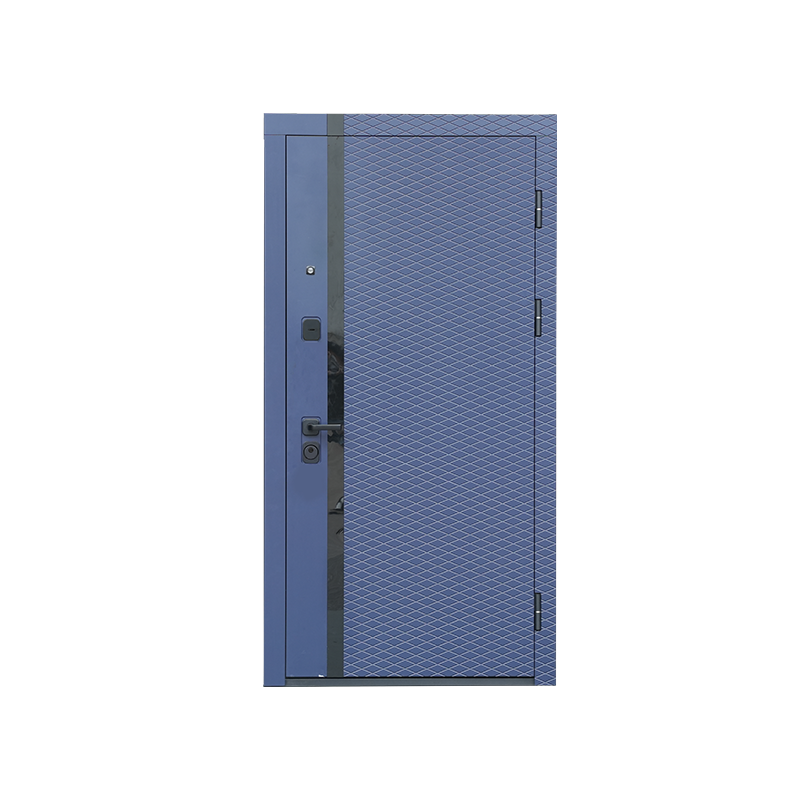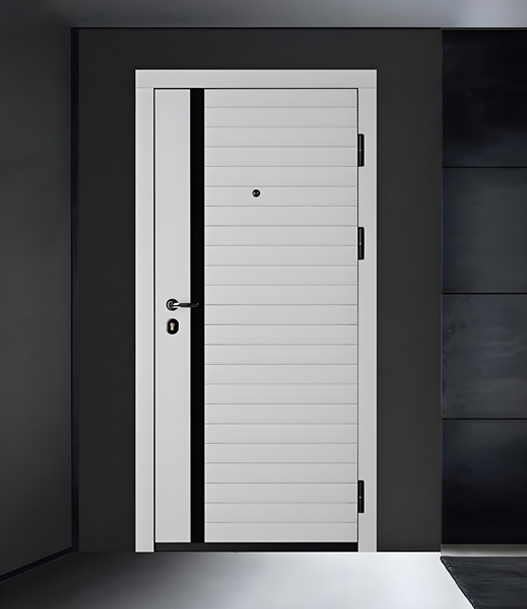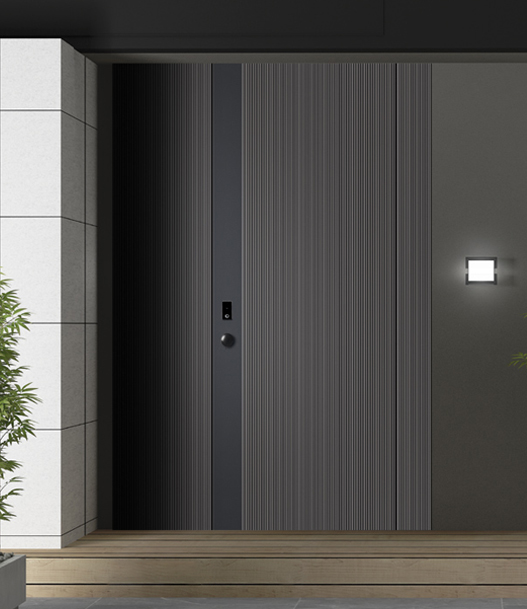In a design era increasingly focused on minimalism and glass-dominated architecture, the Russian door is staging a quiet but impactful comeback. Rich in heritage, ornate in craftsmanship, and unmistakably dignified in presence, the Russian door is once again becoming the centerpiece of upscale residential and cultural interiors around the world.
What distinguishes a Russian door from its modern or even other traditional counterparts is its unique approach to style, one that blends classical European motifs with Russian ecclesiastical aesthetics. This balance of tradition and elegance is manifested through intricate carvings, deep-toned wood finishes, and thick, sculptural profiles that signal both luxury and permanence.
One of the defining characteristics of a Russian door is the use of ornate relief work. Floral motifs, Orthodox cross references, baroque scrollwork, and symmetrical line carvings are commonly featured. These design elements are not just decorative—they echo Russia’s architectural lineage, where wooden churches and palaces have for centuries served as canvases for artisanal woodworking.
Beyond the surface decoration, the Russian door places heavy emphasis on materiality. Unlike modern flush doors made of engineered wood or metal composites, the Russian door often relies on solid hardwoods such as walnut, oak, and cherry. These woods are chosen not only for their strength but for their deep, warm colors and natural grains, which are further enhanced through traditional staining and polishing techniques.
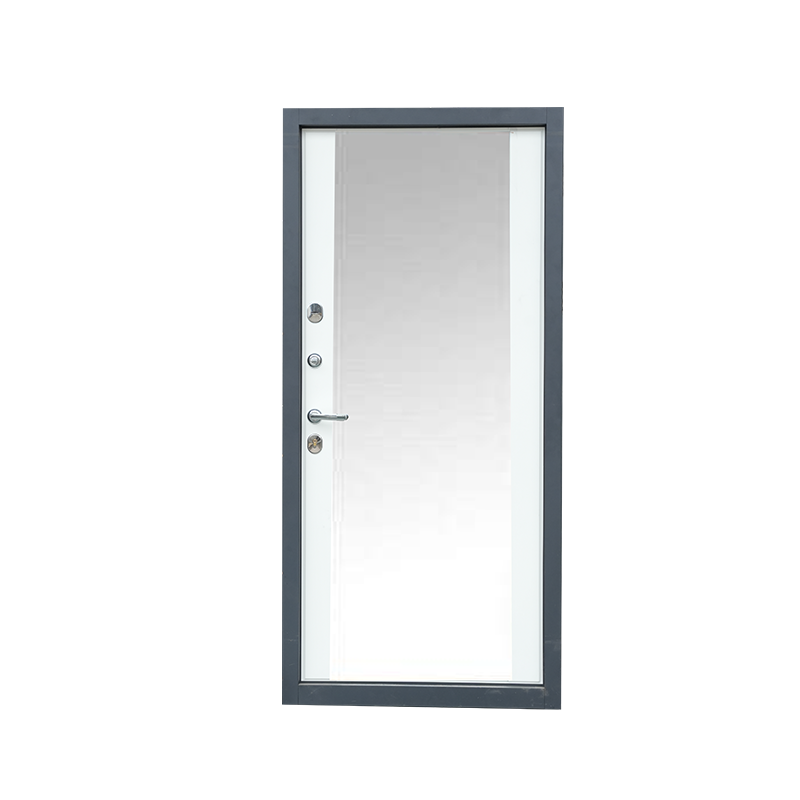
The result is a door that feels architectural rather than simply functional. Whether used as an entryway to a private study, a master bedroom, or a formal sitting room, a Russian door creates an instant sense of occasion. The frame itself is usually substantial, with layered moldings and an overdoor pediment or crown that adds vertical emphasis. In high-end installations, it’s not uncommon for the Russian door to be flanked by decorative pilasters or even gilded embellishments.
This architectural presence is precisely why the Russian door is increasingly specified in luxury renovation projects, private estates, and cultural institutions that seek to restore a classical mood without sacrificing quality. Interior designers who specialize in traditional European schemes often describe the Russian door as a design anchor—a bold, intentional element that sets the tone for the surrounding decor.
A recent interior project in Vienna’s embassy district featured a series of custom Russian doors throughout a renovated neoclassical residence. The doors, crafted from hand-selected cherrywood with antique brass hardware, were installed in key transitional spaces to complement wainscoting, ceiling medallions, and herringbone flooring. According to the design lead, the Russian door brought “a sense of authenticity and elegance that no modern design could replace.”
Manufacturers of the Russian door are also adapting to global market demands. While retaining classical carving and profile details, many now offer hybrid construction techniques—such as engineered cores with hardwood veneers—to accommodate temperature fluctuations and cost efficiency. However, whether built from pure solid wood or modern composites, the aesthetic identity of the Russian door remains rooted in craftsmanship and tradition.
For today’s design professionals and discerning homeowners, the Russian door offers a rare combination: visual richness, historic storytelling, and tangible material depth. It appeals to those who value artistry in millwork and who seek to elevate interior transitions into architectural statements.
In summary, the Russian door is far more than a passage barrier—it’s a tribute to old-world design principles reinterpreted for modern luxury. As taste continues to evolve beyond fleeting trends, the Russian door proves that authenticity, detail, and gravitas still have a prominent place in contemporary interior narratives.

 English
English русский
русский Español
Español عربى
عربى